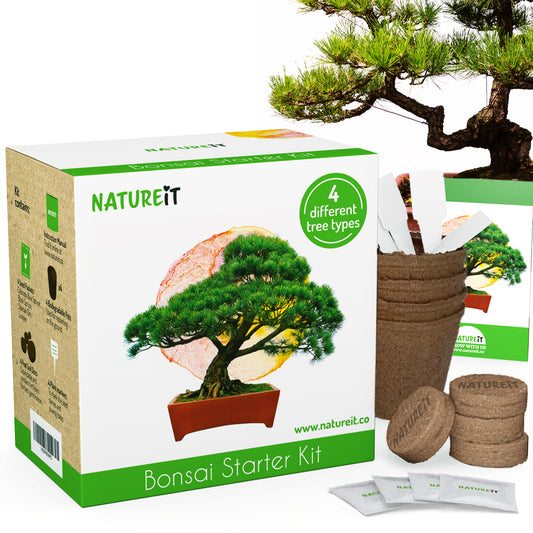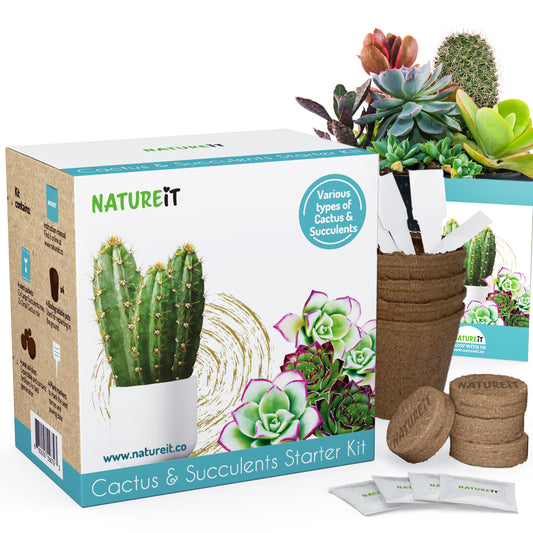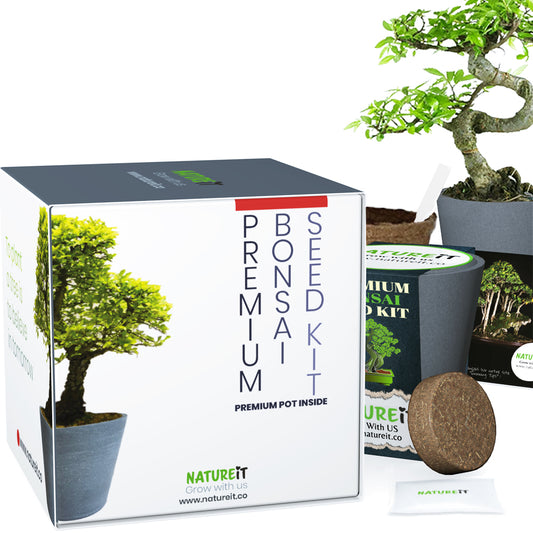As human beings, we take great satisfaction in creating new life. We are also very attached to the things that we care for. Growing your own plants from seeds gives us that same feeling. Making the first seedling sprout out to the surface is much like giving it birth.
![]()
Without your care, watering and adjusting its environment, that seed wouldn’t be germinating and sprouting. It is also very disappointing if you start noticing discolorations, fungus or wilting on the Bonsai tree that you cared for so much and that grew so well for a few months. Don’t give up on him just yet. Here are some things that you can do to make it right and revive your plant!

Re potting
At some point your Bonsai tree will get too big for the pot he’s potted in, and even before that happens, it might be the time to change the soil that it grows in. Over time the water and roots compress the soil down, making it less airy, taking its space and feeding out all its nutrients.
If you see the roots sticking out of the soil surface or the bottom of the pot it is time to repot your plant in a bigger pot. A mature Bonsai tree should have visible roots after pruning and shaping them, but they shouldn’t be tangled and piled when young.
When you repot, make sure to prune the weak small roots. Don’t be alarmed if your plant looks a bit stressed a few days after transplanting, it’s normal as it is a stressful process for your plant. After a few days regaining its strength and stability in the new fresh soil you will see it getting back to itself. You can add some fertilizer if needed.

Watering
A good rule of thumb is to only water your tree when the top of the soil is dry. When watering it, use just enough water for 1-2 inches of the top of the soil will be moist. It is also recommended to use a water mister to spray your plants with water, rather than pouring water directly on them, especially when they are young and still weak.
One common mistake made by beginner gardeners is over watering their Bonsai trees. The soil is wet for days without drying, your tree becomes weaker and the leaves start looking sick.
If you manage to catch it on time, you can definitely save your precious tree, but you need to not waste time. If over watering is indeed the issue, you will need to remove your plant from the pot and check its roots. Remove any dead, moldy or rotten roots by carefully cutting them. Allow the rootball to air for about 15 minutes and repot it with new soil. Make sure the new soil is not too wet and is only moist. This should allow the roots to drain the excess water into the new soil and help the healthy roots regain their strength and grow safely.
Remember that over watering may easily kill a seedling and even a tree. More water won’t help the seed sprout or the tree to grow faster.
It’s too hot or too cold where I live in
If you’re living in an environment that is too cold for the seed to sprout in or the tree to grow safely in, you should try placing it next to an electric device that generates heat. You can also use grow lights or other heat generating plant care devices.
As for heat, we all know how easy it is to get sunburned when exposed to the sun, even if we take good care of our skin. When growing your plant indoor you can protect it from the hot sun by placing it in different areas and away from direct sunlight. You should always make sure to give your tree some direct sunlight every day though.
If you happen to forget your precious plant in the sun and find it weak and wilting, quickly move it to a shaded colder place, water it generously.
If the soil is VERY hard, try to water it gradually so that it will absorb the water little by little. But make sure to give it a good soak. Then start exposing it to sunlight little by little until it’s ready to endure its regular sunlight exposure time. Make sure to give it the light it needs for photosynthesis, but do it gradually.
You may also trim any leaves that appear to be dead and gone.
Moderation
Everything in life needs to be well moderated. We know how precious this plant is for you and seeing it fade away is not easy, but you need to take it step by step if you want to succeed in reviving it. Consider that your plant is already in a stressful state and doing too much at once can only harm it. Let it adjust to any change you make, whether its new soil, different light exposure or repotting. And don’t do all at once!
Remember, even the best farmers lose their crops sometimes, don’t take it too hard if you lose your plant. Get back on the horse and grow more.
Happy growing!




